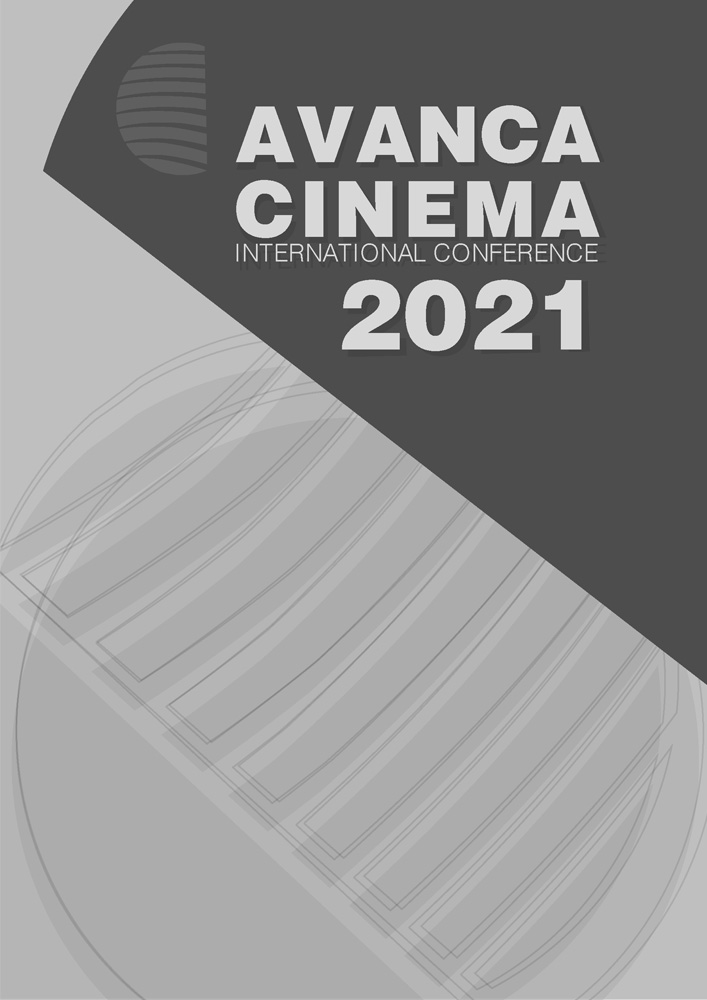Capítulo I _ Cinema – Arte
Chance Semiotics: The Value and Application of Contingency in Cinema Art Practice
Resumo
As this paper argues, chance is the key defining aspect of film, distinguishing it from other forms of art and communication. This is because film has the ability to capture a direct, mechanical imprint of the unpredictable movement of reality as a series of equidistant static images. Through the enhanced visibility (such as the close-up or slow-motion) and re-playability of this static state, film can reveal contingent nuances of this movement. Therefore, film can be seen as uniquely positioned on a semiotic threshold between movement and stillness – the infinitely complex movement of the real, and the conceptual stillness of language – translating randomness and chaos into aleatory significance, or revealing the unpredictable, contingent foundation of seemingly ordinary, habitual events.
On the basis of a creative synthesis of particular aspects of the philosophy and theory of Bergson, Deleuze, Barthes and others, this paper sets out chance as the defining semiotic aspect of film. Furthermore, the paper discusses and presents outcomes of a practice research in film, which used this theoretical synthesis as a rationale for practical exploration and experimentation – establishing chance as a significant expressive tool and aesthetic element of film practice. In this way, the paper presents new filmmaking methods uniquely rooted in film philosophy, while contributing to the expansion of the understanding of the nature of film and to the narrative/stylistic potential of cinema art.

Este trabalho encontra-se publicado com a Licença Internacional Creative Commons Atribuição 4.0.

